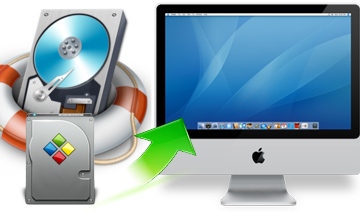There are rare moments in history when technology takes a serious leap. The change from walking to riding animals, then from horses to cars, is one example. The same trend has held true with data storage. The first method to come along was switches and lights, then punch cards, which were followed by tape and then hard disks made tape obsolete. Now, the information technology industry is on the verge of another massive shift: one that will take servers from disk-based storage to all-flash architectures.
The biggest sign that this change is real is the fact that EMC, the big disk drive maker, has started up a subsidiary that will make nothing but purpose-built solid state storage systems. This is a big tipoff that the company believes that its current mainstay is on the way to obsolescence. What makes solid state drives superior?

One of the biggest benefits of all-flash storage is speed. This allows it to handle data retrieval tasks that would be too slow to do with disks. One good example of what a flash system can do lies in Google Instant – the feature that allows the search engine to display results even as keywords are typed into the search bar. Behind the scenes, flash drives, not disks, are working to provide the data at the required speeds.
The speed benefits of flash drives could not be fully realized without another technology: deduplication. In a regular disk drive setup, data is written onto the disk even if it’s a direct copy of information already present on the platter. This will not work with flash drives because with flash, writing takes longer than reading.
To overcome this problem, companies like Pure Storage have developed file systems that eliminate the rewriting of already-present data on their solid state arrays. Known as deduplication technology, it allows flash drives to attain their maximum possible speed. This system doesn’t work with disks because the disks can write data so fast that making such a check would only slow them down. With flash, however, the read times are so much faster than the write times that making a deduplication check before writing any data into storage will greatly improve performance.
Another big benefit is flash’s ability to store large quantities of data. As hard disks get bigger, they necessarily get slower because of the extra time it takes for the drive’s mechanical components to move to the right places. Therefore, the amount of data that can be stored before performance becomes unacceptable is limited. This isn’t a problem for flash drives, which don’t need to move anything to access the needed information. A flash drive with 10 terabytes of data will be as fast as one with only 1 kilobyte on it.
While these are the most prominent benefits, businesses have even more to gain by switching to all-flash architectures. There are no mechanical parts to fail, the systems run silently, and the cost is reasonable. As with other forms of electronics, there will likely be even more benefits in the future as well: Performance should increase and prices should drop below their already affordable levels.
If you’re considering installing a new storage system, take a good look at an all-flash solution. It’s just a matter of time before hard disks are obsolete, and by switching now, you’ll beat the rush and be able to enjoy performance benefits that slower competitors have not yet acquired.


